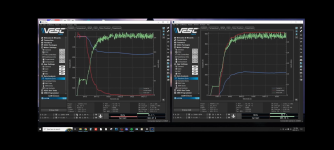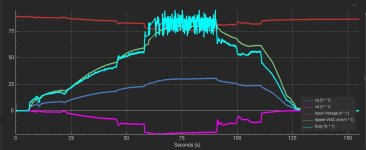Braddudya
100 W
- Joined
- Jan 30, 2022
- Messages
- 140
I am following this thread with bated breath! A big power VESC that can handle serious real EV voltages is a game changer for EV performance.
Just throwing this out there: One of my companies does CNC machining, silicone gasket making, and automated potting. We are in Reno NV which is a desert haha so great conditions for potting. We would be happy to help with this project!
- Brad
Just throwing this out there: One of my companies does CNC machining, silicone gasket making, and automated potting. We are in Reno NV which is a desert haha so great conditions for potting. We would be happy to help with this project!
- Brad



